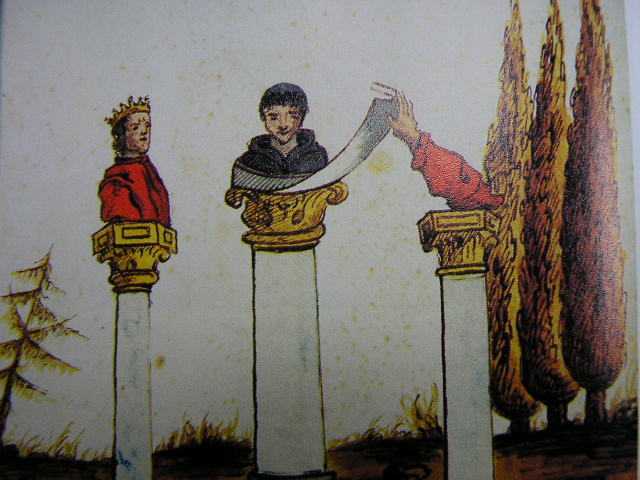4 Nextsensing Skills to See What the Future Holds
This is one of our free-to-access content pieces. To gain access to all Ideas for Leaders content please Log In Here or if you are not already a Subscriber then Subscribe Here.

Asking, “What’s Next?” has always led humans throughout history to create a better future. But answering, “What’s Next?” is not an easy task in today’s ambiguous and complex world. Four ‘nextsensing’ leadership skills are required to lead in the 21st century.
Behind all human progress is the question: What’s Next? Asking “What’s Next?” led humankind from the invention of the wheel to the building of the pyramids, the establishment of common laws, the printing press, the founding of universities, coinage and commerce, steamboats, passenger trains, the light bulb, space travel and, most recently, the iPhone.
But today, with the world more interconnected than ever, entire industries revolutionized by upstarts, social media networks connecting billions of users shaping consumer trends, international online business booming… in short, with the world more complex and ambiguous than ever before, answering “What’s next?” is not easy. In the context of a world that offers more questions than clear-cut answers, leaders seeking to answer, “what’s next?” will be required to have four “nextsensing” skills.
The first nextsensing skill is to stretch sensibilities. Facebook COO Sheryl Sandberg, for example, works to bring diversity to her team and to encourage, through her writing, women to reach for leadership positions. The world is too complex for one person or one small group to have all the answers. Bring more people into the leadership circle and stretch their sensibilities. Here’s how:
The second nextsensing skill is to take a stand. As a factory manager, Zhang Ruimin (now CEO of China’s multi-billion dollar Haier Group) had workers use sledgehammers to smash up defective refrigerators. To take a stand and announce their aspirations to the world, leaders should take the following steps:
The third nextsensing skill is to create a new order. The past is done; prepare for the future. In 1994, Microsoft CEO Bill Gates held a compact disk while suspended over a towering stack of paper, sending a visual message that digital was the future. To focus people on the future, nextsensing leaders take these actions:
The final nextsensing skill is to act with foresense. In India, Preeti Sharma Menon created a taxi service for women, driven by women — creating a unique taxi future long before Uber upended the taxi industry. Nextsensing leaders don’t stand idly and wait for the future to hit; they are proactive and create their own futures. It isn’t easy but certain steps will help:
While nature lives, grows and evolves, humans imagine, invent and reinvent. They will never stop asking, “What’s Next”? And for that reason, they will never stop progressing.
Progress is the key to sustainability for any organization and the essence of good leadership is to promote progress. If nothing else leaders must ensure that barriers to progress are removed, and to actively encourage progress these four ‘nextsensing’ leadership skills - stretching sensibilities, taking a stand, creating a new order, and acting with foresense - are invaluable.
The Story of Next (Is a Human Story). Joseph Pistrui. Nextsensing ebook (2016).

Ideas for Leaders is a free-to-access site. If you enjoy our content and find it valuable, please consider subscribing to our Developing Leaders Quarterly publication, this presents academic, business and consultant perspectives on leadership issues in a beautifully produced, small volume delivered to your desk four times a year.

For the less than the price of a coffee a week you can read over 650 summaries of research that cost universities over $1 billion to produce.
Use our Ideas to:
Speak to us on how else you can leverage this content to benefit your organization. info@ideasforleaders.com